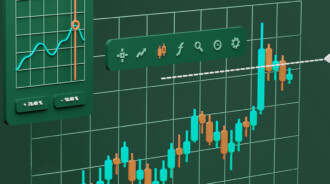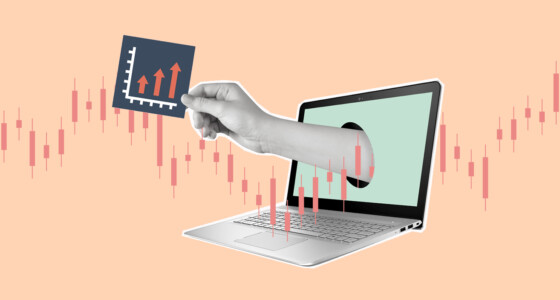

It is relatively recent and the result of McGinley’s efforts to create a responsive indicator that could adapt to the speed of the market in the 1990s. Hence, “dynamic” was chosen as the name. In 1997, the Journal of Technical Analysis published the McGinley Dynamic Indicator for the first time. The McGinley Dynamic, like moving averages and other indicators, is best used to gain insight into what the market is attempting to do or is already doing and combine that with outside pricing knowledge. It is not meant to be used alone and produces a trade signal immediately. The McGinley indicator is frequently used in conjunction with other indicators, such as the RSI or MACD.
What is a McGinley Dynamic Indicator?
An enhanced form of moving average that accounts for changes in market speed is the McGinley Dynamic Indicator. It’s comparable to a moving average with a filter. It equalizes the price data, possibly preventing whipsaws. The major problem with moving averages themselves, their reliance on defined periods, was addressed in the development of this technical analysis tool. As an alternative, the McGinley indicator was developed to address the issue of fluctuating market speeds and offer a more accurate reflection. John R. McGinley, an editor for the Journal of Technical Analysis of the Market Technicians Association, created the McGinley Dynamic Indicator.
Understanding McGinley Dynamic Indicator
The McGinley Dynamic Indicator provides the trader with information on the security’s average price over the specified time frame. By reducing the noise, it does this. The indicator offers a more accurate depiction of the market dynamics and the rate of change in the current price action. The trader intends to obtain a smoother and more responsive line on their chart as a result. The McGinley Dynamic Indicator also reveals that they are essentially eliminating the lag from the situation by following its line.
As a result, we can make our analysis more informed based on an accurate description of the price activity. It is significant since it is responding to the market’s speed. That is what distinguishes it. It enables us to speed or slow as the market does base on the readings provided by the McGinley indicator. It is essential to keep in mind that the pricing will lag slightly. However, it significantly outperforms the traditional moving average variation. McGinley Dynamic Indicator formula is as follows:
where:
MD [1] = MD value of the preceding period
Price = Security’s current price
N = number of periods
By reducing price separations and violent downtrends, the indicator improves traditional moving averages by reflecting market action more precisely. In addition, based simply on the movement of the security’s price, the algorithm allows for an acceleration or deceleration in the McGinley Dynamic indicator.

Conclusion
Since it considers current market dynamics or the market’s movement, the McGinley indicator is cool. It considers factors that a basic moving average or an exponential moving average does not. While some traders will always follow their SMA and EMA, we may consider it a perfection of the simple and exponential moving average process. Knowledge truly is power; thus, it’s important to understand how McGinley works.








